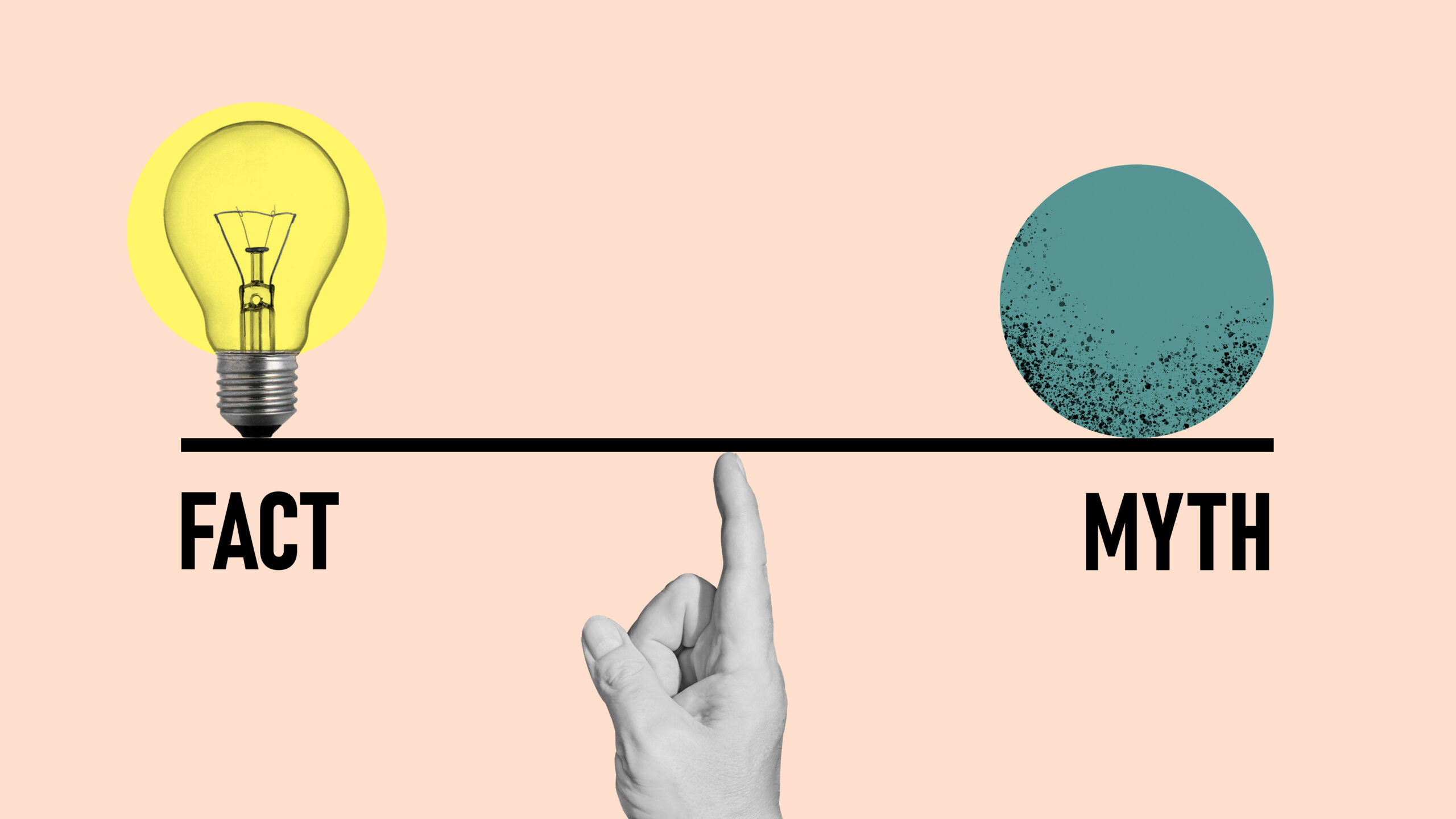Translation and localization are both crucial for expanding to new markets in e-commerce. Ensuring that your product descriptions are translated corre...

Keywords
Translation and localization are both crucial for expanding to new markets in e-commerce. Ensuring that your product descriptions are translated correctly and localized with proper multi-media elements is critical to getting sales. Doing translation and localization manually can be a huge pain. Making sure descriptions are correct for each and every market can be extremely time-consuming, but using product information management (PIM) software can simplify that process.

Translation and localization are easy with the use of product information management (PIM) software.
Localization is the process of adapting product information for every market you’re selling in. This includes changing the languages, currencies, payments, measurements etc. of products to reflect the market. By utilizing PIM, the localization process can be simplified, however, it is important to adapt your company’s operations to streamline this process. A localization team should be set up that includes internal and external support employees to ensure that your product information is accurate and updated.
The 5 Steps of Product Localization:
1. Translate the product description
2. Modify multimedia content for the appropriate market (models, photos, videos, etc.)
3. Translate/convert weights, sizes, measurement, prices, etc.
4. Optimize for local SEO
5. Ensure that pricing, taxes, and return policies meet local standards/regulations
Your localization team should have both internal and external employees. Internal employees should include a project leader or manager who understands the company brand or style. This person provides guidelines and new content to be localized by the external team. In contrast, the external team should be a group of strong translators, lead by a supervisor who oversees that translation projects are completed in an efficient manner.
You can even increase revenue and decrease returns by localizing product information. By completing this process for every product, customers will have a clearer understanding of what they are ordering. In e-commerce return rates can be as high as 50%, with up to 8.1% of sales being spent on reverse logistics when customers return items. By reducing confusion and disappointment, customers receive the correct products with their desired specifications (size, color, etc.), which results in fewer returns and increased revenue.
Increase revenue and decrease returns by localizing product information.
Translation is an inherent part of the localization process. In order for product information to be localized, it needs to be in the native language of the market. This may seem simple, but creating accurate product description translations is more complicated than people think.
Translation is more than just transferring from one language to another, translations need to have the proper “voice” for product descriptions to be clear.
Translation can be completed through the use of two types of translations, human or machine translations. Human translations are ideal, they have better “voice”, which ultimately results in a higher conversion rate. Unfortunately, manual translations can be difficult to integrate with other product information, take a long time, and are expensive. In contrast, machine translations are cheap, fast, and can be integrated easily, but they usually have bad accuracy and “voice” and therefore, low conversion rates.
So what is the solution? Ideally, you want a hybrid of manual and machine translations. The best meshing of these translators use machine computer pattern recognition in conjunction with manual translators who can utilize automated workflows.
Ideally, you want a combination of manual and machine translations to speed up the translation process and ensure proper brand “voice.”
As mentioned before, part of creating your external localization team includes finding qualified translators, who have experience within your specific e-commerce industry (beauty, tech accessories, etc.). Most importantly, the translators must also understand and adapt to your brand’s voice and style. These individuals will be able to take your product translations to the next level, rather than getting stuck with machine-only translations.

Managing product information is a major pain point, and every new market becomes another translation and localization project. However, there are two major benefits to utilizing PIM that make this process much easier.
Akeneo PIM makes translation and localization easy by simplifying the entire process and organizing the workflow.
With Akeneo PIM you have all the tools to make translation and localization changes easily. From streamlined workflows for your entire global enterprise to integrated translation tools, Akeneo PIM has all of your bases covered. The cumulative benefits of simplified processes, reduced returns, and an organized workflow makes it easy for your e-commerce brand to continue to expand to more locations and channels. Without PIM, this growth would become a nightmare, but with Akeneo PIM it’s easy. You can be sure that your product information is accurate, and up to date for all of your locations, all the time.
Want to learn more about Akeneo’s translation and localization capabilities?
• Contact us
• Get a FREE demo or
• Download our eBook on localization and translation for e-commerce companies.

Nous ne pouvons pas négliger l’engouement médiatique qui entoure l'IA générative, mais il peut être difficile de déchiffrer ce qui est réel...
Lire la suite
Explorons les raisons derrière la pression des consommateurs et de la législation sur les entreprises pour adopter des pratiques plus durables et...
Lire la suite
Découvrez pourquoi la durabilité est devenue une considération fondamentale pour les consommateurs et comment les marques et retailers adoptent...
Lire la suite